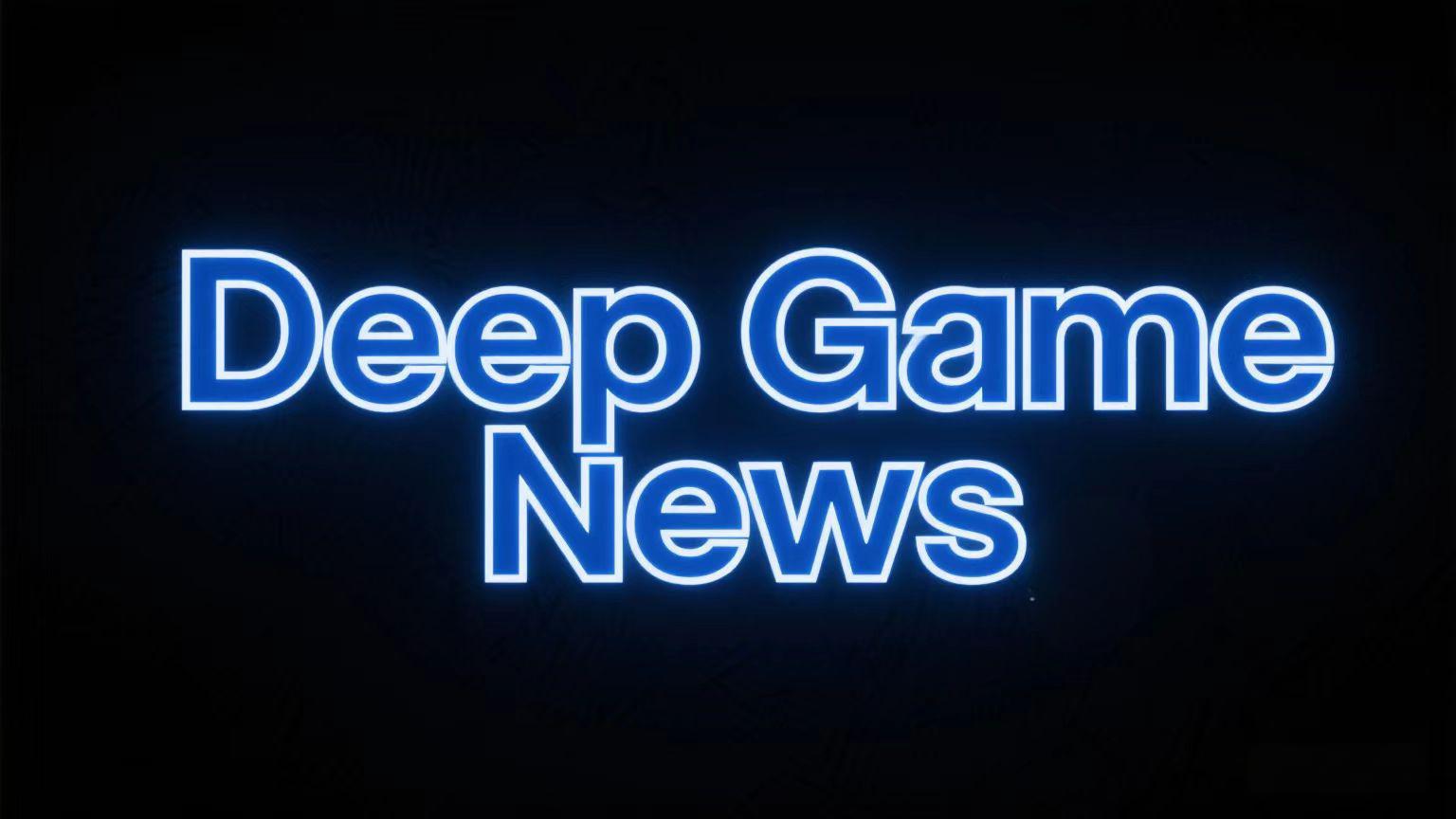Dialogue: Fresh or Repeated Too Often?
Introduction
Dialogue is the lifeblood of human interaction, shaping relationships, storytelling, and communication. But how often do we engage in fresh, meaningful exchanges versus repeating the same tired phrases? In an age of digital communication and scripted conversations, the line between originality and repetition blurs. This article explores whether modern dialogue remains vibrant or has become stale from overuse.
The Nature of Dialogue
Dialogue serves multiple purposes:
- Connection – It bridges gaps between people, fostering understanding.
- Expression – It allows individuals to articulate thoughts and emotions.
- Narrative – In literature and media, dialogue drives stories forward.
Yet, not all dialogue is created equal. Some exchanges feel spontaneous and engaging, while others sound rehearsed or clichéd.
Fresh Dialogue: The Art of Authenticity
Fresh dialogue feels alive, unpredictable, and deeply personal. It thrives in:
- Improvisation – Conversations that flow naturally without rigid structure.
- Active Listening – Responding genuinely rather than waiting to speak.
- Cultural Nuances – Unique expressions shaped by individual experiences.
For example, a spontaneous debate between friends about a film can lead to unexpected insights, while a scripted customer service call often feels mechanical.

Why Fresh Dialogue Matters
- Builds Deeper Relationships – Authentic exchanges foster trust.
- Enhances Creativity – New ideas emerge from unscripted discussions.
- Reflects Reality – Life isn’t rehearsed; neither should all conversations be.
Repeated Dialogue: The Comfort of Familiarity
Not all repetition is bad. Some phrases become cultural touchstones:
- Greetings – "How are you?" may lack depth, but it serves a social function.
- Professional Jargon – Standardized phrases ensure clarity in workplaces.
- Memorable Quotes – Repeated lines from films or literature gain iconic status.
However, excessive repetition can lead to:
- Monotony – Predictable exchanges drain energy from interactions.
- Miscommunication – Overused phrases lose meaning (e.g., "Thoughts and prayers").
- Lack of Engagement – People tune out when conversations feel robotic.
Digital Communication: A Double-Edged Sword
Technology has transformed dialogue:
✅ Pros:
- Connects people across distances.
- Allows for quick, efficient exchanges.
❌ Cons:
- Encourages formulaic responses (e.g., "LOL," "Thanks, you too").
- Reduces emotional depth in text-based chats.
Emojis and GIFs attempt to compensate, but they often replace nuanced expression with shorthand reactions.
Revitalizing Dialogue in Everyday Life
To keep conversations fresh:
- Ask Open-Ended Questions – Instead of "How was your day?" try "What surprised you today?"
- Avoid Autopilot Responses – Replace "Fine, thanks" with a specific detail.
- Embrace Silence – Pauses allow deeper reflection before speaking.
- Change Settings – New environments spark new topics.
Conclusion: Striking the Balance
Dialogue should be a mix of spontaneity and structure. While repetition provides comfort, fresh exchanges keep communication dynamic. The challenge lies in recognizing when to break patterns and when to rely on familiar phrases.
Ultimately, the best dialogue—whether in personal relationships, media, or digital spaces—balances originality with relatability. By staying mindful of our words, we can ensure that conversations remain meaningful rather than monotonous.
Final Thought:
"The most memorable conversations are those where both speakers truly listen—not just to respond, but to understand."
Would you say your daily dialogues feel fresh or repetitive? Reflect, engage, and keep the art of conversation alive.
Tags: #Communication #Dialogue #Authenticity #Language #DigitalCommunication #Relationships #ConversationSkills


















